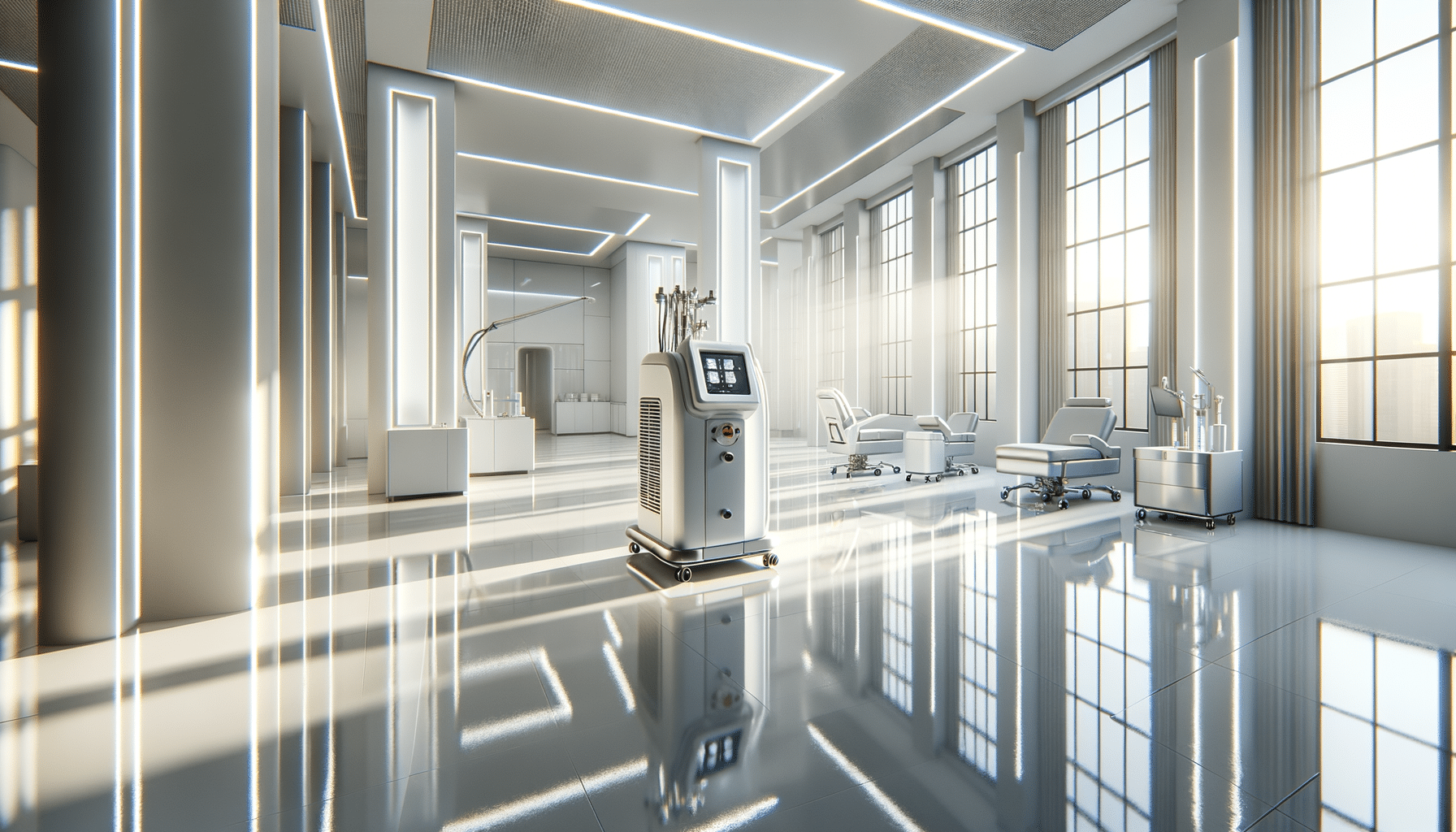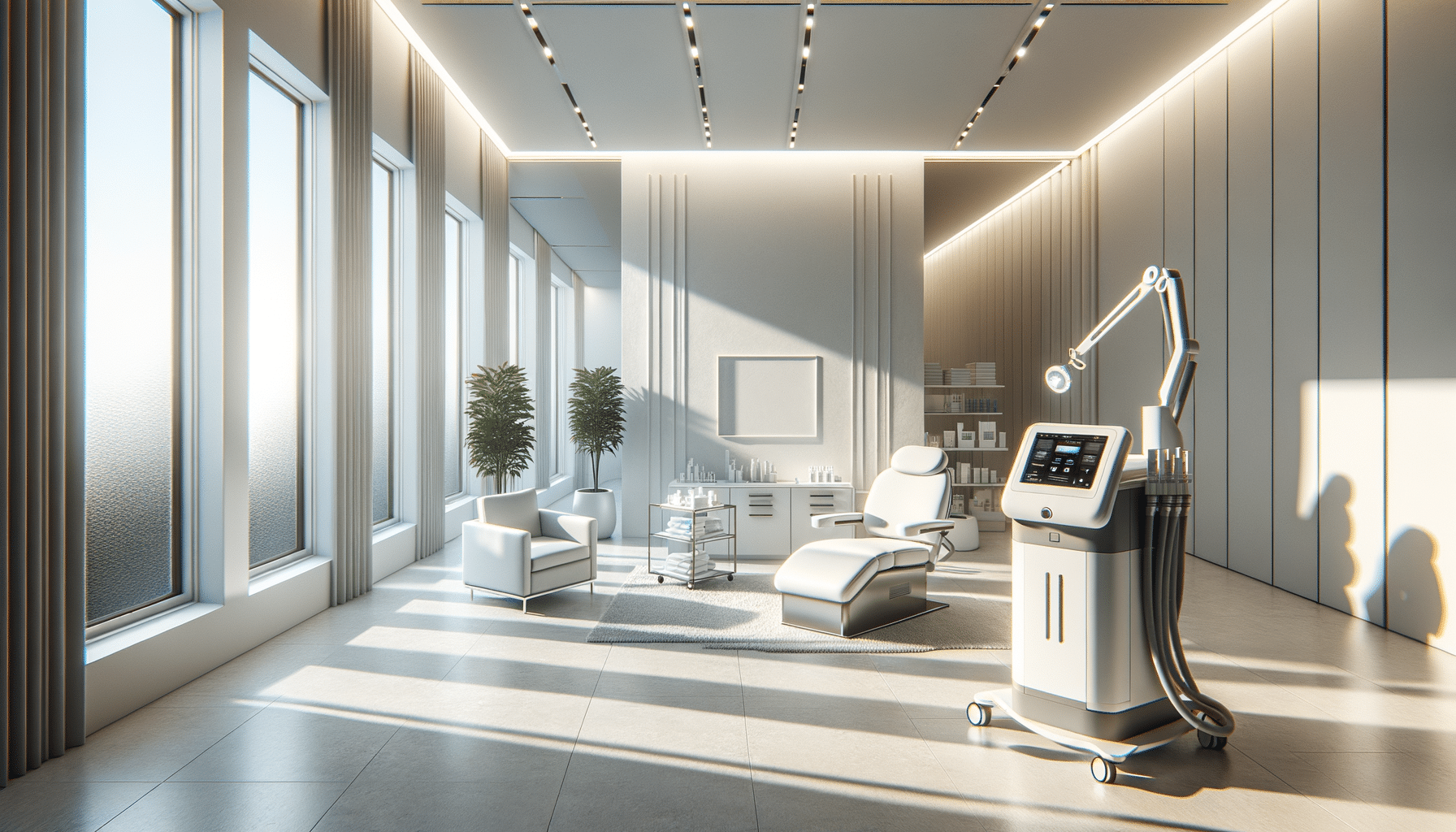
Wet AMD Treatment: Managing Age-Related Vision Loss
Introduction to Wet AMD and Its Impact
Wet Age-related Macular Degeneration (AMD) is a chronic eye condition that affects the central vision, primarily impacting individuals over the age of 50. This condition is characterized by the growth of abnormal blood vessels under the retina, leading to leakage of blood and fluid. The damage to the macula, the central part of the retina responsible for sharp vision, can result in rapid and severe vision loss.
Understanding the importance of managing wet AMD is crucial, as it directly affects daily activities like reading, driving, and recognizing faces. While wet AMD is less common than its counterpart, dry AMD, it progresses more quickly and can lead to significant visual impairment. Early detection and treatment are vital to preserving vision and maintaining quality of life.
Understanding Current Treatment Options
Treatment for wet AMD primarily focuses on slowing the progression of the disease and maintaining as much vision as possible. The most common approach involves the use of anti-VEGF (vascular endothelial growth factor) injections. These medications work by inhibiting the growth of abnormal blood vessels in the retina, reducing leakage and swelling.
Anti-VEGF treatments have revolutionized the management of wet AMD, offering patients a chance to stabilize and even improve their vision. These injections are typically administered every 4 to 8 weeks, depending on the individual’s response and the severity of the condition. It is essential for patients to adhere to their treatment schedules to achieve optimal outcomes.
Other treatment options include photodynamic therapy and laser surgery, though these are less commonly used due to advancements in anti-VEGF therapies. Each treatment plan is tailored to the patient’s specific needs, emphasizing the importance of regular consultations with an eye care specialist.
Frequency and Duration of Treatments
The frequency of treatments for wet AMD can vary based on the progression of the disease and the patient’s response to therapy. Initially, patients may require more frequent injections to control the condition effectively. Over time, the interval between treatments may be extended if the disease stabilizes.
Long-term management often involves ongoing monitoring and periodic injections to maintain visual stability. Some patients may experience a reduction in the frequency of treatments, while others may require consistent intervention to prevent deterioration. Regular eye exams and imaging tests are crucial in assessing the effectiveness of treatments and making necessary adjustments.
Understanding the potential need for lifelong treatment can help patients and their families plan for the future, ensuring continuity of care and support.
Long-Term Care and Lifestyle Adjustments
Living with wet AMD requires adapting to changes in vision and making lifestyle adjustments to maintain independence. Patients are encouraged to use visual aids and adaptive technologies to assist with daily activities. These tools can enhance the quality of life by enabling individuals to read, navigate, and perform tasks more easily.
Additionally, incorporating a healthy lifestyle can support eye health and overall well-being. A diet rich in leafy greens, fish, and nuts, along with regular exercise, can contribute to better eye health. Smoking cessation is also highly recommended, as smoking is a known risk factor for AMD.
Emotional support and counseling may be beneficial for patients coping with the psychological impact of vision loss. Joining support groups or seeking therapy can provide a platform for sharing experiences and finding encouragement from others facing similar challenges.
Conclusion: Preserving Vision and Quality of Life
The management of wet AMD is a multifaceted approach that combines medical treatment, lifestyle changes, and emotional support. By understanding the available treatment options and adhering to prescribed care plans, patients can preserve their vision and maintain their quality of life.
Continued research and advancements in treatment offer hope for improved outcomes and new therapies in the future. Staying informed and proactive in managing the condition can empower patients to take control of their eye health and navigate the challenges of wet AMD with confidence.


